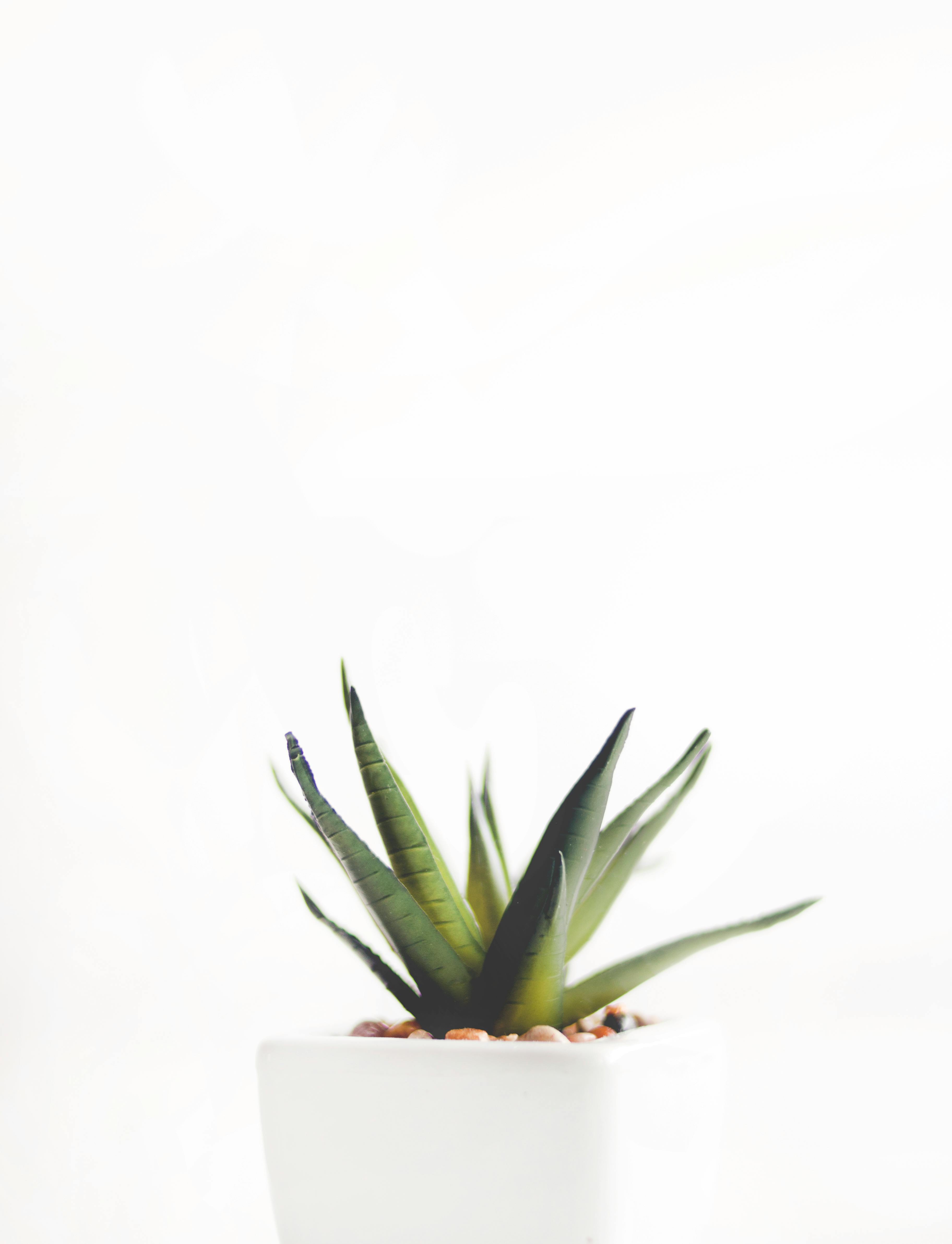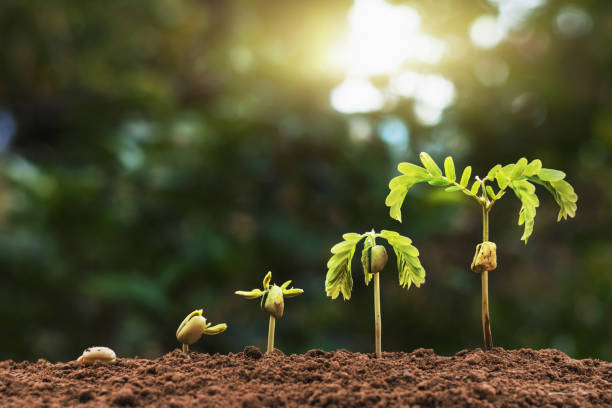Botanical Journal of the Linnean Society
페이지 정보
작성자 L****** 댓글 0건 조회 103 회 작성일 24-10-25 16:43본문

Magnoliophyta Cronquist, Takht. & W.Zimm. They embody all forbs (flowering plants without a woody stem), grasses and grass-like plants, a overwhelming majority of broad-leaved timber, shrubs & vines, and most aquatic plants. The time period "angiosperm" is derived from the Greek phrases ἀγγεῖον /angeion ('container, vessel') and σπέρμα / sperma ('seed'), that means that the seeds are enclosed inside a fruit. They're by far probably the most numerous group of land plants with sixty four orders, 416 families, approximately 13,000 identified genera and 300,000 recognized species. Angiosperms had been previously known as Magnoliophyta (/mæɡˌnoʊliˈɒfətə, -əˈfaɪtə/). Angiosperms are distinguished from the opposite seed-producing plants, the gymnosperms, by having flowers, xylem consisting of vessel elements as an alternative of tracheids, endosperm within their seeds, and fruits that fully envelop the seeds. The ancestors of flowering plants diverged from the common ancestor of all dwelling gymnosperms earlier than the tip of the Carboniferous, over 300 million years ago, however the earliest angiosperm fossils are in the form of pollen round 134 million years ago throughout the Early Cretaceous.
 Over the course of the Cretaceous, angiosperms diversified explosively, turning into the dominant group of plants across the planet by the tip of the period, corresponding with the decline and extinction of previously widespread gymnosperm teams. Angiosperms differ from different seed plants in several ways. The biggest angiosperms are Eucalyptus gum trees of Australia, and Shorea faguetiana, dipterocarp rainforest bushes of Southeast Asia, both of which may attain nearly one hundred metres (330 ft) in top. The smallest are Wolffia duckweeds which float on freshwater, each plant less than 2 millimetres (0.08 in) throughout. Gunnera captures sunlight for photosynthesis over the large surfaces of its leaves, that are supported by robust veins. Orobanche purpurea, a parasitic broomrape with no leaves, obtains all its food from other plants. Considering their method of obtaining power, some 99% of flowering plants are photosynthetic autotrophs, deriving their vitality from sunlight and utilizing it to create molecules such as sugars.
Over the course of the Cretaceous, angiosperms diversified explosively, turning into the dominant group of plants across the planet by the tip of the period, corresponding with the decline and extinction of previously widespread gymnosperm teams. Angiosperms differ from different seed plants in several ways. The biggest angiosperms are Eucalyptus gum trees of Australia, and Shorea faguetiana, dipterocarp rainforest bushes of Southeast Asia, both of which may attain nearly one hundred metres (330 ft) in top. The smallest are Wolffia duckweeds which float on freshwater, each plant less than 2 millimetres (0.08 in) throughout. Gunnera captures sunlight for photosynthesis over the large surfaces of its leaves, that are supported by robust veins. Orobanche purpurea, a parasitic broomrape with no leaves, obtains all its food from other plants. Considering their method of obtaining power, some 99% of flowering plants are photosynthetic autotrophs, deriving their vitality from sunlight and utilizing it to create molecules such as sugars.
 Orobanche, or partially like the witchweeds, Striga. Carnegiea gigantea, the saguaro cactus, grows in hot dry deserts in Mexico and the southern United States. Dryas octopetala, the mountain avens, lives in cold arctic and montane habitats within the far north of America and Eurasia. Nelumbo nucifera, the sacred lotus, grows in heat freshwater across tropical and subtropical Asia. Zostera seagrass grows on the seabed in sheltered coastal waters. By way of their setting, flowering plants are cosmopolitan, occupying a variety of habitats on land, in contemporary water and within the sea. On land, they are the dominant plant seeds (https://trevornucg68024.bloguerosa.com/28713388/not-known-facts-about-vegas-online-casino-link-slot-gacor-gampang-menang) group in each habitat apart from frigid moss-lichen tundra and coniferous forest. The seagrasses in the Alismatales grow in marine environments, spreading with rhizomes that develop via the mud in sheltered coastal waters. Drosera anglica, a sundew, lives in nutrient-poor acid bogs, deriving nutrients from trapped insects. Gentiana verna, the spring gentian, flourishes in dry limestone habitats.
Orobanche, or partially like the witchweeds, Striga. Carnegiea gigantea, the saguaro cactus, grows in hot dry deserts in Mexico and the southern United States. Dryas octopetala, the mountain avens, lives in cold arctic and montane habitats within the far north of America and Eurasia. Nelumbo nucifera, the sacred lotus, grows in heat freshwater across tropical and subtropical Asia. Zostera seagrass grows on the seabed in sheltered coastal waters. By way of their setting, flowering plants are cosmopolitan, occupying a variety of habitats on land, in contemporary water and within the sea. On land, they are the dominant plant seeds (https://trevornucg68024.bloguerosa.com/28713388/not-known-facts-about-vegas-online-casino-link-slot-gacor-gampang-menang) group in each habitat apart from frigid moss-lichen tundra and coniferous forest. The seagrasses in the Alismatales grow in marine environments, spreading with rhizomes that develop via the mud in sheltered coastal waters. Drosera anglica, a sundew, lives in nutrient-poor acid bogs, deriving nutrients from trapped insects. Gentiana verna, the spring gentian, flourishes in dry limestone habitats.
Some specialised angiosperms are capable of flourish in extraordinarily acid or alkaline habitats. The sundews, many of which stay in nutrient-poor acid bogs, are carnivorous plants, in a position to derive nutrients equivalent to nitrate from the our bodies of trapped insects. Other flowers equivalent to Gentiana verna, the spring gentian, are adapted to the alkaline circumstances found on calcium-rich chalk and limestone, which give rise to usually dry topographies similar to limestone pavement. Geranium robertianum, herb-Robert, is an annual or biennial herb of Europe and North America. Betula pendula, the silver birch, is a perennial deciduous tree of Eurasia. Some species grow tall with out being self-supporting like trees by climbing on other plants in the manner of vines or lianas. 11,000 species of pteridophytes. The APG system seeks to determine the number of households, largely by molecular phylogenetics. Within the 2009 APG III there have been 415 households. The 2016 APG IV added five new orders (Boraginales, Dilleniales, Icacinales, Metteniusales and Vahliales), together with some new families, making a complete of 64 angiosperm orders and 416 households.
The variety of flowering plants just isn't evenly distributed. Nearly all species belong to the eudicot (75%), monocot (23%), and magnoliid (2%) clades. The remaining five clades comprise slightly over 250 species in total; i.e. lower than 0.1% of flowering plant diversity, divided amongst nine households. The botanical term "angiosperm", from Greek words angeíon (ἀγγεῖον 'bottle, vessel') and spérma (σπέρμα 'seed'), was coined within the type "Angiospermae" by Paul Hermann in 1690, including only flowering plants whose seeds have been enclosed in capsules. The time period angiosperm fundamentally changed in that means in 1827 with Robert Brown, when angiosperm came to mean a seed plant with enclosed ovules. In 1851, with Wilhelm Hofmeister's work on embryo-sacs, Angiosperm got here to have its fashionable meaning of all of the flowering plants including Dicotyledons and Monocotyledons. Latin identify (angiosperms). A formal classification was published alongside the 2009 revision during which the flowering plants rank as the subclass Magnoliidae.
댓글목록
등록된 댓글이 없습니다.

